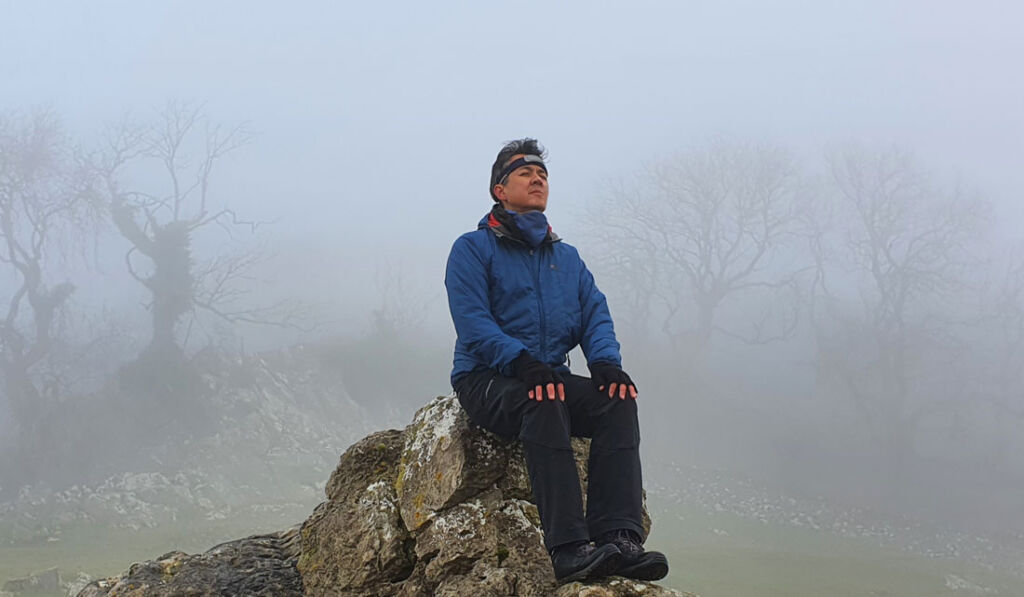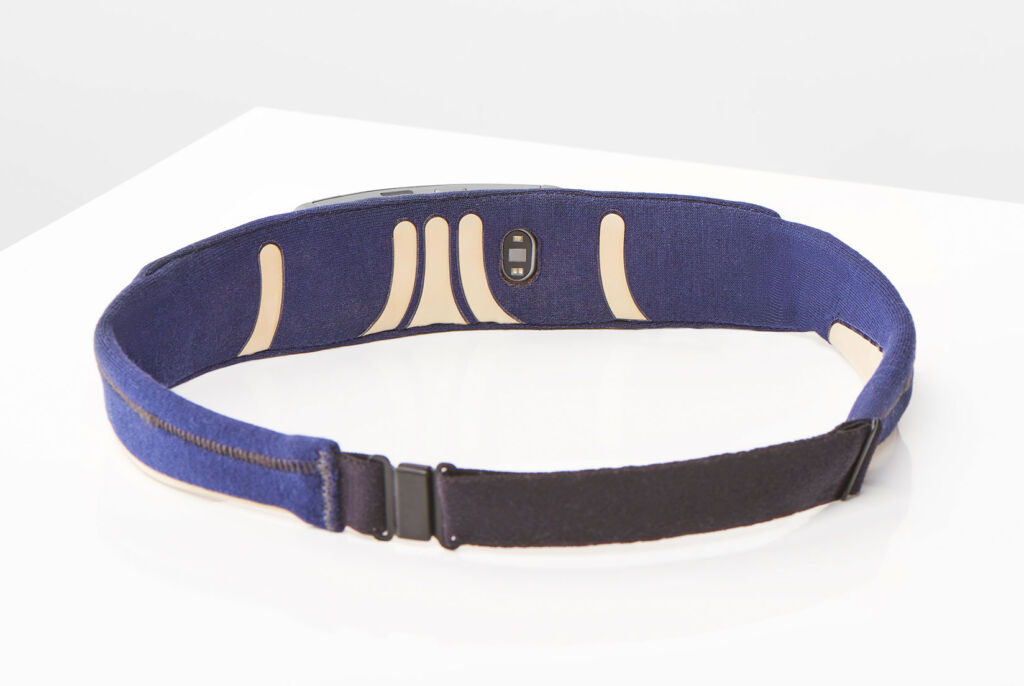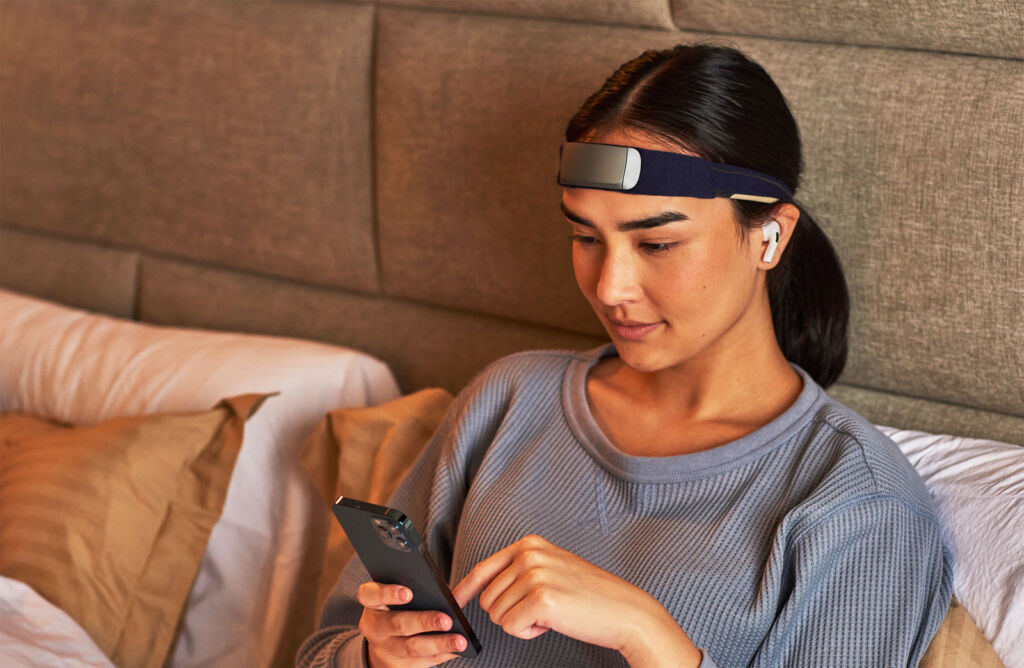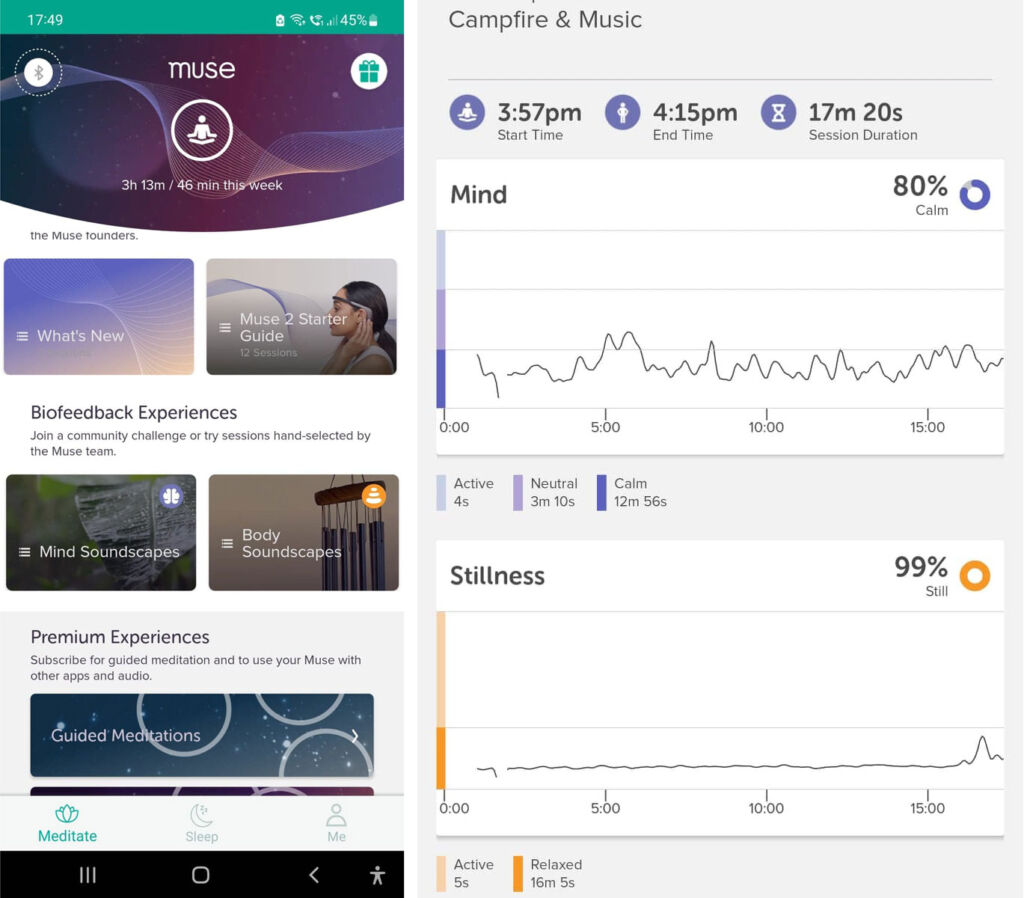
Meditation is a fantastic way for people to improve their lives. However, one of the big issues with meditating is working out if you are actually in the zone or wasting your time? Around half a billion people practise meditation, and it’s because of the incredibly positive effects it has on the mind and body. But many of these people could be missing out on its biggest benefits.
The world is stressful, and unfortunately, stress is one of the primary causes of premature death. One of the simplest ways to manage stress is through meditation.
If you asked the average person on the street what meditation is, most would say it is closing your eyes, relaxing and thinking of nothing. That’s not wrong; however, doing this for the vast majority is just a little bit of relaxation, with perhaps a small amount of the placebo effect thrown in for good measure.
Why? When most people think they are meditating, they are likely not, and it’s only when they see the data from their brainwaves that they’d see how much time they have wasted. Although most people will feel good, even refreshed, following a ‘faux-meditation session’, they are likely to miss out on so much more.

One of the most valuable things in a person’s life is time, and none of us knows how much we have, which is why no one should waste it. Anything that can help to extend one’s life and help the mind and body should be adopted by everyone, and according to studies, meditation is a brilliant way to do this.
The brain is astonishingly complex; even today and armed with the most incredible technology, the most qualified people in the field still don’t fully understand how it works. Research into meditation is ongoing, and scientific and medical studies constantly uncover the extraordinary and positive changes it makes to the brain.
The enthusiasm to meditate is easy to generate; meditating where you can reap the full benefits is not as straightforward. I believe most people who regularly practice it are taking something akin to a gamble. People often assume that the longer one spends meditating, the greater the benefits are; that would be true if they were doing it correctly. I believe that many, even the majority aren’t, and without something to confirm what’s happening inside their brains, they are gambling with one of their greatest gifts; time.
If you are anything like me, you’ll want the quickest, most convenient way to begin meditating with cast-iron proof you’re doing it right. Paying a personal Guru for a one-on-one session, using a phone app or heading to a dedicated retreat is no guarantee as they generally revolve around guessing and opinion. Even armed with a large amount of knowledge, and saying all the things you want to hear, unless they can add mind-reading to their list of skills, neither you nor they will ever be sure that you’re doing what you set out to.
If someone asked you to make a decision based on a feeling or fact, which would you feel more comfortable choosing? Imagine being a track and field athlete, a sprinter training for the 100-metres. “On your marks, get set, go!” You give it your best effort, and after crossing the line, say to your coach, “that felt fast,” they reply, “It looked very fast to me. I’m sure that was your best yet!” If they didn’t have any technology to time you, would you be happy to accept those words as confirmation?

Living life without unnecessary stress
Stress and anxiety are two of the major driving forces behind why people take up meditation, and I believe that you can choose to live life with or without them. Before I took up meditation, my life was dominated by stress; these days, it is far from the case.
The feeling I get from the absence of stress and anxiety is incredible. I feel more awake and creative, can think clearly, am without constant thought loops, and perhaps most importantly, I feel content. For example, when most people place the side of their palm on their forehead and say, “I am stressed up to here”, my hand is pretty much at the same level as my belly button when I utter those words, and it’s a feeling I want more people to experience.
When meditation is done correctly, it doesn’t only alter one’s emotions, feeling and thought processes, but it can also change the physical structure of the brain. Research shows that meditation can reverse the loss of grey matter, thicken the Corpus callosum, which improves communication between the two brain hemispheres, and it reduces the size of the amygdalas, parts of the brain involved in generating stress and anxiety responses.

Time is often said to be money, which is why people don’t like wasting it. In a 2018 study published in Sciencedirect.com, the researchers found that just 13 minutes of meditation each day for eight weeks can improve memory, increase attention, and decrease bad moods and anxiety. Even the busiest executives will agree that this small amount of time is not a bad trade-off for improving one’s life.
Are you wasting time meditating?
In the title, I used the words “wasting time”, which I believe many people practising mediation are doing and probably don’t realise. One of the biggest obstacles with attempting to meditate is unless you have the advantage of brain-reading technology, even the most experienced, with their hand on their hearts, cannot guarantee they’ve meditated for the majority of the time during a session.
There is only one way that anyone can know for certain if they are meditating: if they have something strapped to their head to read what the brain is doing.
In the past, brain monitoring equipment was only found in hospitals, clinics, and specialists; however, times have changed. The equipment needed to read brainwaves is called an electroencephalogram, also known as EEG. I am sure that most people reading this will not be familiar with the long name but will have seen one, usually on a TV programme or in a movie.
It is a device placed on the head, generally in the form of a cap with a mass of wires connected to pads. The pads are placed into the exterior of the skull and sense the brain’s responses, turning them into graphs and data you can read on a screen.
EEGs pick up the electric sensitivity of the brain and are used to detect and investigate conditions such as epilepsy, dementia, head injury, concussions, encephalitis and brain tumours. Thanks to one very forward-thinking Canadian company called MUSE, it can also tell you if you are meditating and for how long.
My meditation journey
I have been meditating for a couple of years. Initially, it was sporadic, but nowadays, I’ll meditate at least twice daily until I record a minimum of 30 minutes of meditation. There is no hard and fast rule for how long you should meditate, with some people meditating for an incredible 62,000 hours in their lifetime. Unfortunately, those who some call “Olympic level” meditators would very likely have wasted considerable time building that vast number.

I’ll hold my hand up and state that I am far from an ‘Olympic Level’ meditator. During the past twelve months, I have meditated properly for around 150 hours, and the good news is I can prove it. How? It’s down to the MUSE S Headband (Gen 2), with its multiple EEGs and its rather clever app. The MUSE S is an elasticated band with a small computer-type module that clips into the front of it, and inside the band are EEG sensors, the same as you’d find in brain scanning equipment in hospitals and clinics.

Before using a MUSE headband, I would practice meditation, presuming that with every minute I had my eyes closed, focusing on my breathing and thinking of nothing, I was in the zone; it is now clear to me that I wasn’t. What I thought was meditation was probably little more than relaxation. Now that I have the data to show when I have been truly meditating, I can not only see and compare results, I can feel them too.
When I first tried the MUSE headband, I was confident that I would be reading some spectacular results on the app. I defaulted to my existing meditation techniques, and after my first session, what I saw, shocked me.
The MUSE headband works by connecting to a mobile phone via Bluetooth. Once paired and you start one of the guided meditations or soundscapes, it begins reading your brain signals. After each session, via the app, I can access medical-looking charts showing my brain activity. Looking back at the results from the first months of using it, it was apparent how much time I had wasted.
Up to three-quarters of the time, I thought I was meditating could best be described as time made up of imperceptible brain distractions, loss of focus, and slight mind-wanderings. Until I saw the data, I had no idea it was happening. Even today, armed with a considerable amount of practice and experience, I will still, on average, find myself not meditating for 25-30% of the time, even when I am trying my best to do so.

Much thought has been put into the MUSE S Headband (Gen 2) and its app. The soundscapes make meditation incredibly simple, and each session is, for me, a personal treat. The soundscapes use different sounds to guide you through meditation, predominantly based on nature.
My favourite is the river and music soundscape. The soothing music and relaxing sound of a stream help put me in the right mood. I know what’s going on in my mind as the faster the water in the stream flows, the less focused my mind is.

The goal is to switch off my thoughts to the point where the stream almost stops flowing, and I can hear birds singing in the distance, indicating I am in the ‘zone’. The hardest part is staying in this focused state, and I can only do this for 30 seconds to 1 minute before having to reset my mind to try to achieve the same result.
Without the advantage of the MUSE S Headband and its guidance, I would have no idea what my brain was doing, and I am pretty sure I would be wasting a lot of time.

In my opinion, the MUSE S headband is brilliant and is one of the few ways anyone will know that they are actually in a meditative state. Another positive is it is small enough to fit in a pocket, and it will be one travel companion that will always be ready to help should the need arise.
If you are a meditator or want to start practising and subscribe to the notion that time is money, you’ll find that the MUSE S Headband will not only pay for itself before you know it, but you’ll also look upon it as one of the wisest investment you’ve ever made.
Modern society, by design, can’t help but create stress and anxiety, and the MUSE headband is the ideal way to still be part of it without being affected by its less than savoury aspects. At the time of writing, MUSE has some exceptional offers, and if you’d like to purchase one and start improving your life; you need to visit https://choosemuse.com/
Read more health and wellness news and features here.
![]()




You must be logged in to post a comment.